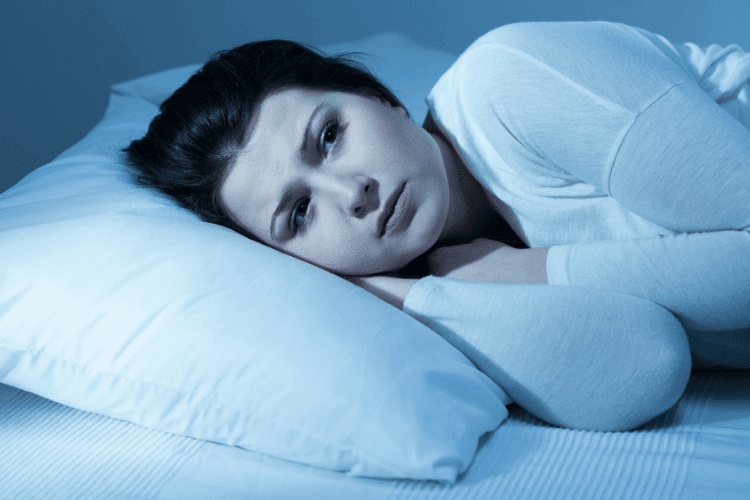Hey there, fellow dream explorers!
Have you ever woken up after an immersive lucid dreaming experience only to find yourself with an unexpected headache?
I know the feeling all too well. It’s like you’ve had this incredible adventure in your sleep, but now you’re faced with a pounding head that makes you wonder if the dream was worth it.
Today, I’m going to dive into the vivid world of lucid dreams. I’ll begin by sharing my experiences with you, then I’ll cover why you may get a headache after a lucid dream.
The realm of dreams has always intrigued us, a canvas where reality blends with imagination. Lucid dreaming, however, elevates this experience even more than regular dreams.
Picture realizing you’re in a dream. Suddenly, you’re not just an observer but the architect of your dream world. You can fly, converse with fictional characters, and relive memories with heightened sensations.
The thrill peaks when you become conscious within the dream, able to script your narrative and explore the subconscious with incredible freedom.
Yet, amid the exhilaration lies some complexity!
The dream-reality boundary can blur upon waking, leaving you momentarily bewildered. Then there’s the enigma of post-lucid dream headaches, an unexpected side effect.

I vividly remember my first lucid dream. I was walking through a magical forest when it hit me; I was in a dream!
Excitement surged through me as I realized I could shape the dream’s direction. I conjured up a friendly dragon and took flight, soaring through the skies with the wind in my hair.
It was exhilarating!
But then, I woke up with a throbbing headache that seemed to dampen the joy of my fantastical journey. So, I started looking into why lucid dreams and headaches are connected.
So, why do some of us experience headaches after such wondrous dream adventures? Well, it turns out there could be a few factors at play.

While we’re on the topic, let’s briefly touch on the connection between dreams and mental health. Our dreams are like a window to our subconscious mind, often reflecting our inner thoughts and emotions.
If you’re dealing with mental disorders or even excessive stress, it might affect your dream experiences and potentially lead to headaches after a lucid dream.
That being said, dream exploration can also serve as a therapeutic tool. Keeping a dream journal, for instance, can help us uncover patterns and recurring themes in our dreams.
Moreover, lucid dreaming can empower us to confront our fears head-on. By realizing we’re in a dream, we can consciously engage with our dream scenarios, challenging negative thought patterns and rewriting the outcomes.
This practice can potentially have a positive impact on our mental well-being by fostering a sense of control and mastery over our fears.
It’s important to note that while dream exploration can be revealing and therapeutic, it’s not a substitute for professional mental health care.
If you’re struggling with mental health disorders or find that your dreams are causing significant distress, seeking guidance from a mental health professional is essential.
Now that we’ve delved into why headaches might hitch a ride with our lucid dreams, let’s talk about some strategies to enjoy these adventures without the post-dream discomfort:

So there you have it, my fellow dream enthusiasts; the fascinating world of lucid dreaming and the potential headaches that might come along for the ride.
As we wrap up this exploration, remember that while the thrill of conscious dream adventures is undeniable, it’s also crucial to ensure that these experiences don’t leave you with a throbbing headache as a souvenir.
By embracing healthy sleep habits, managing stress, setting dream intentions, and crafting a bedtime routine that soothes your mind, you’re setting the stage for dreamy escapades that don’t disrupt your waking world. It’s like creating the perfect stage for your dream play, complete with comfy pillows and starlit curtains.
Your dreams are your canvas; paint them with the colors of possibility, and may they always be headache-free and utterly enchanting.
Sweet dreams and smooth awakenings, my fellow dreamers!